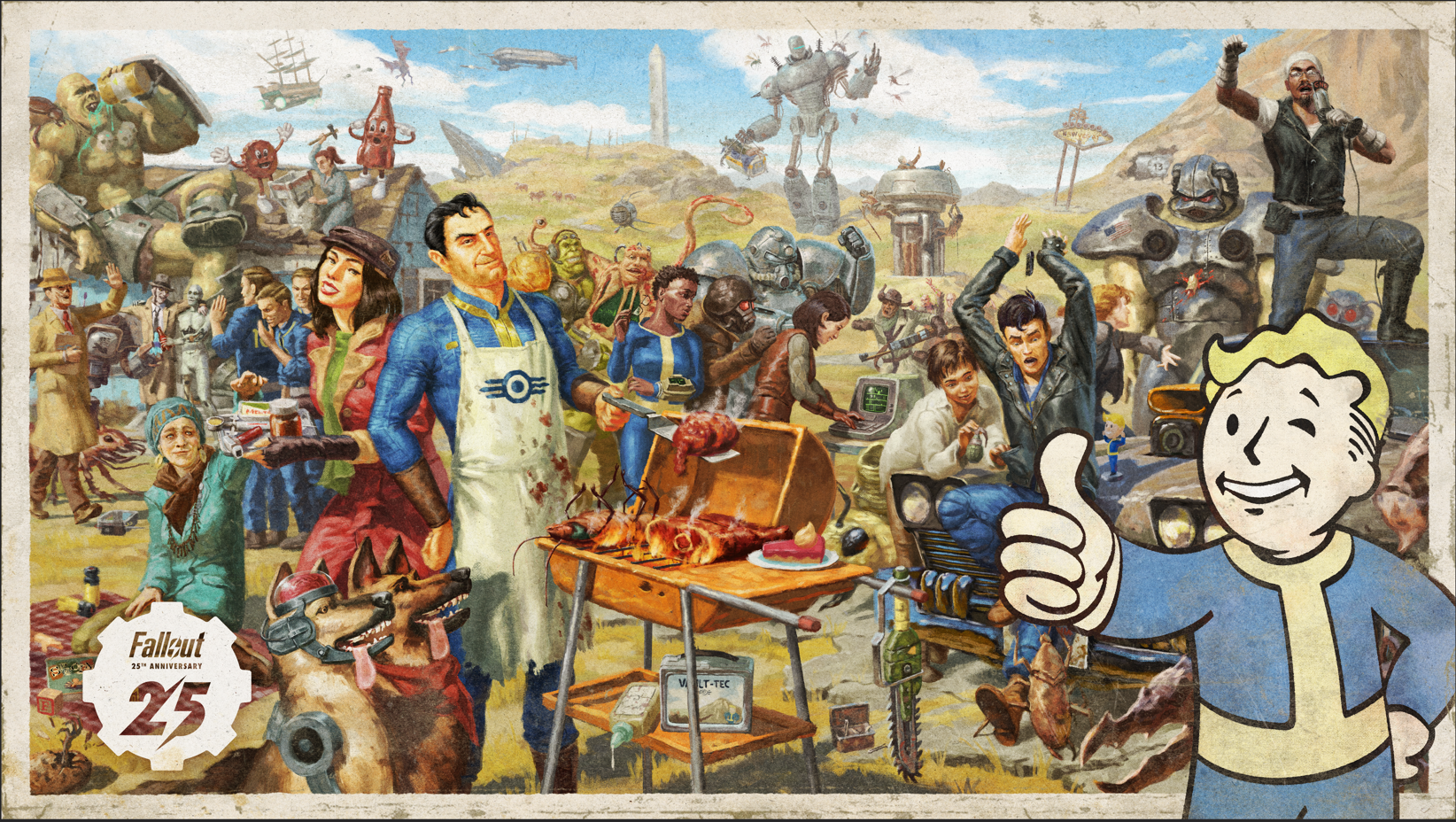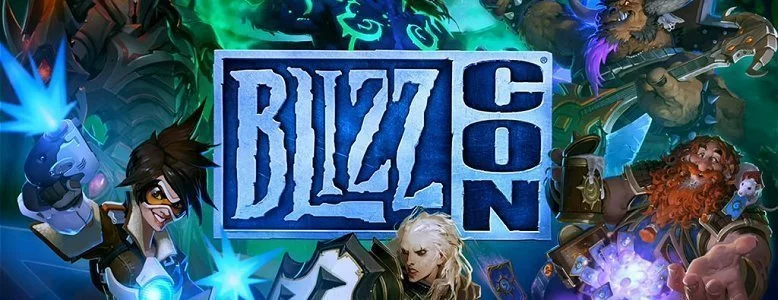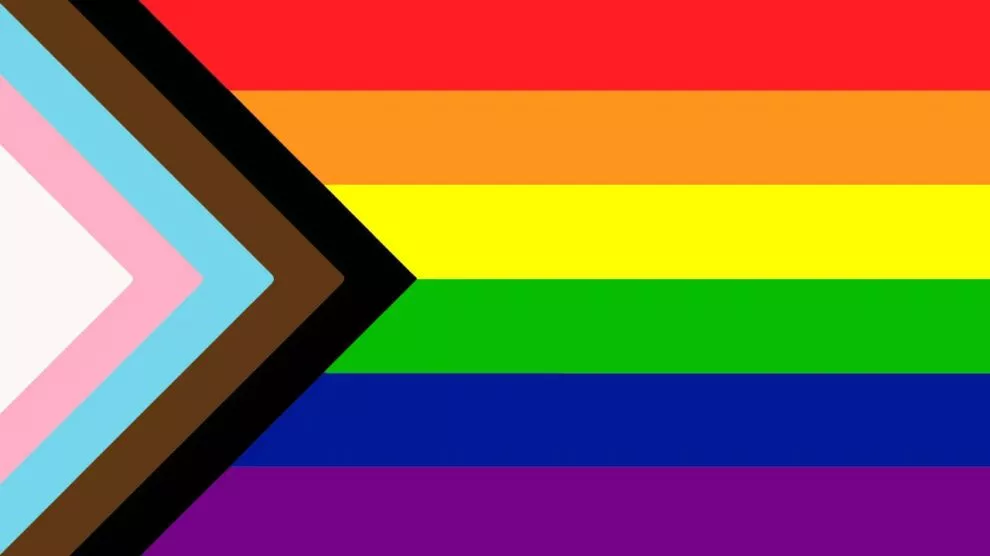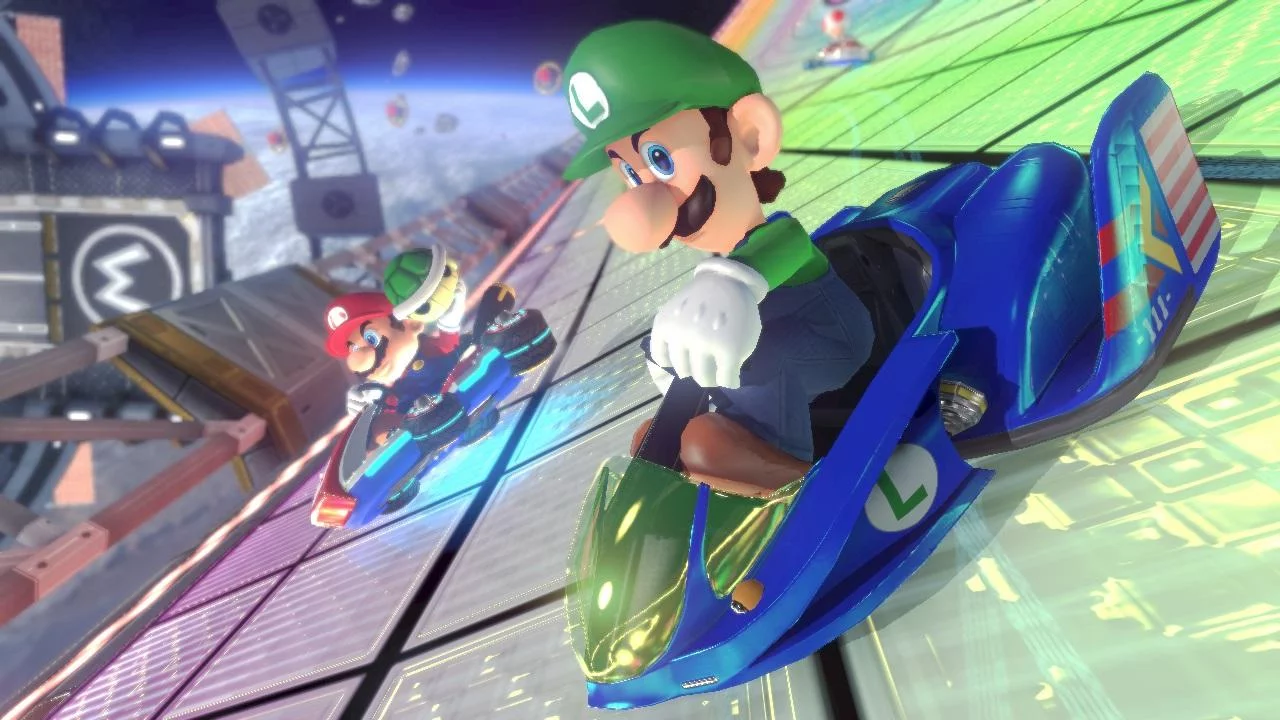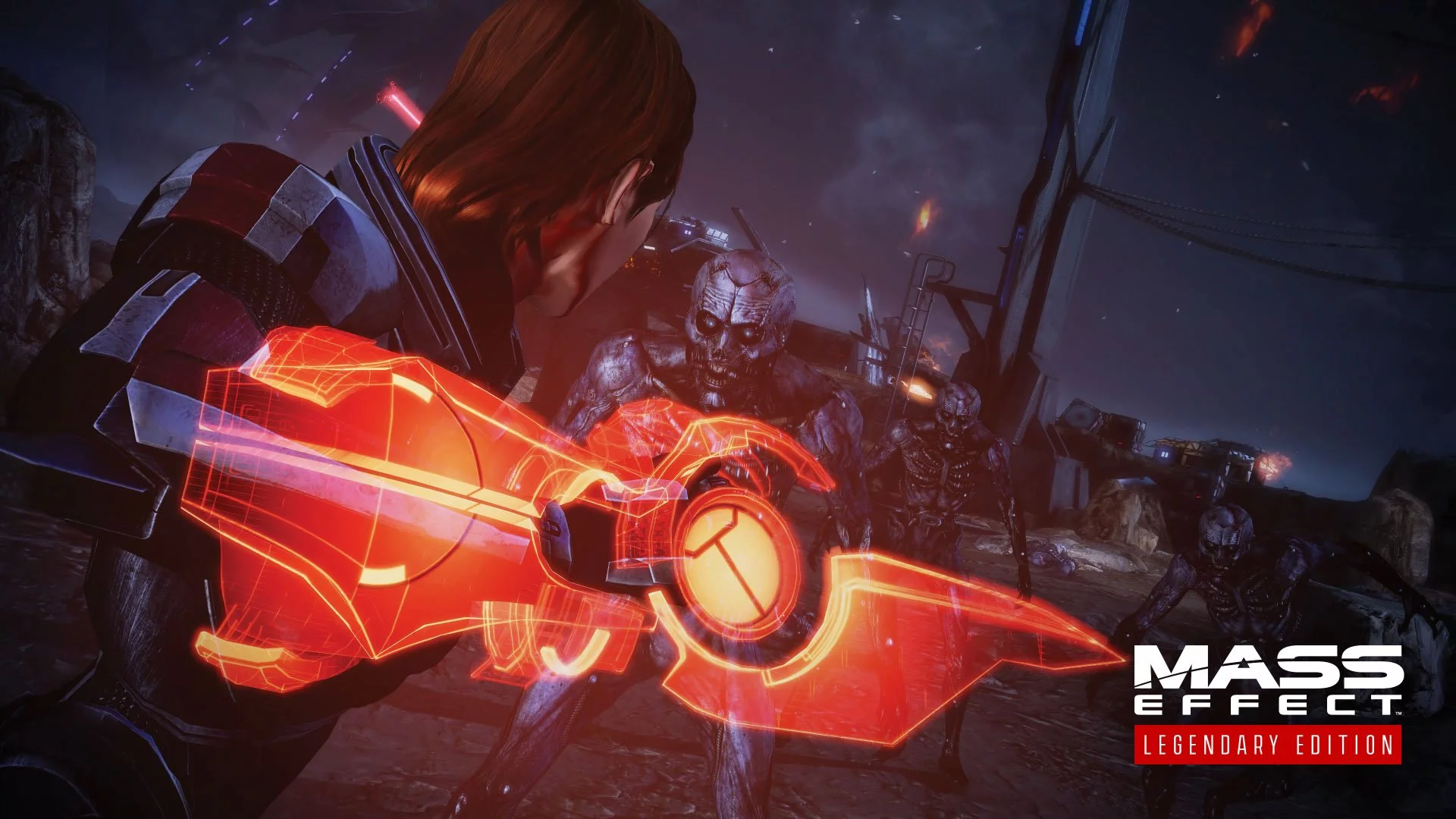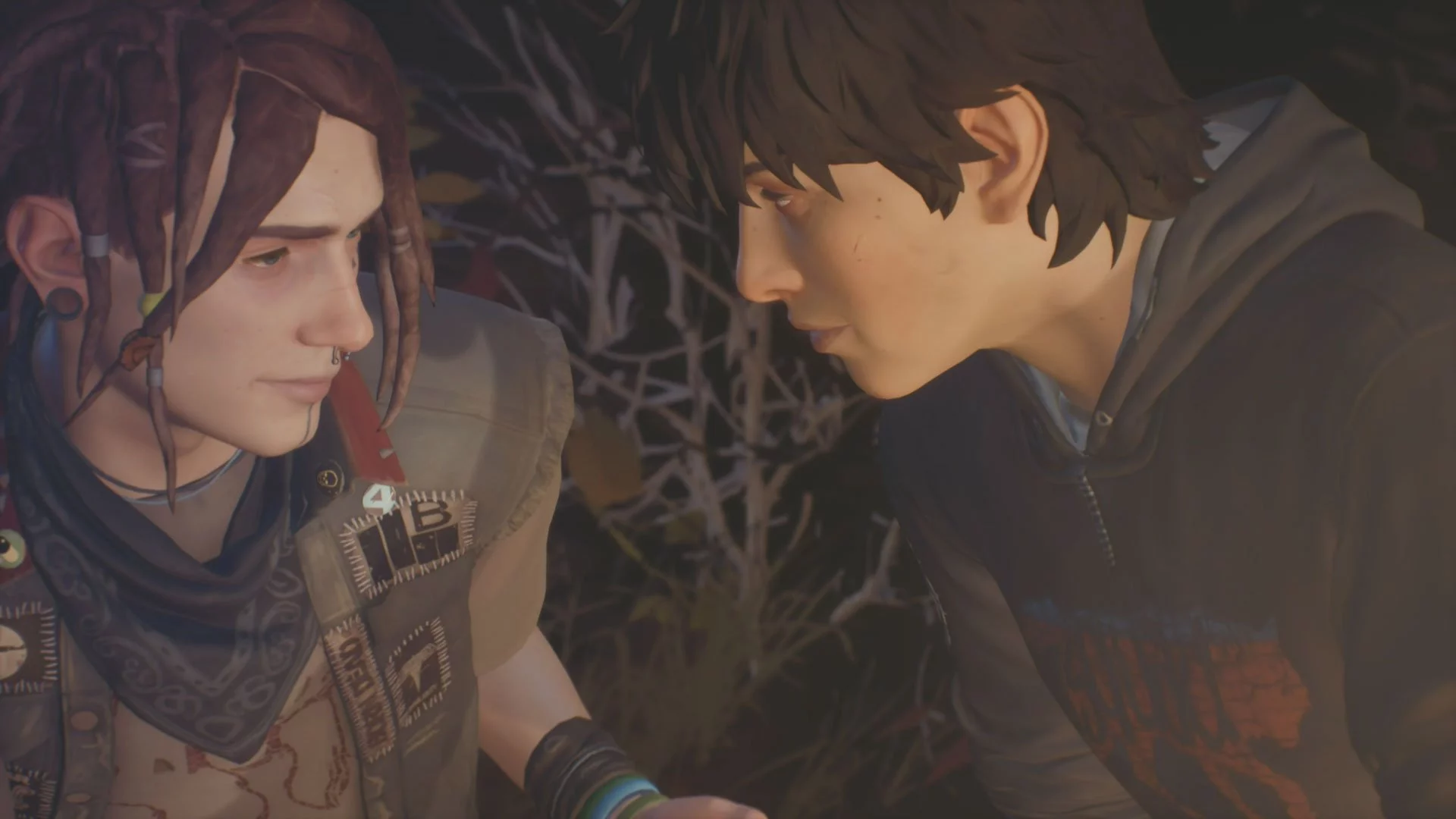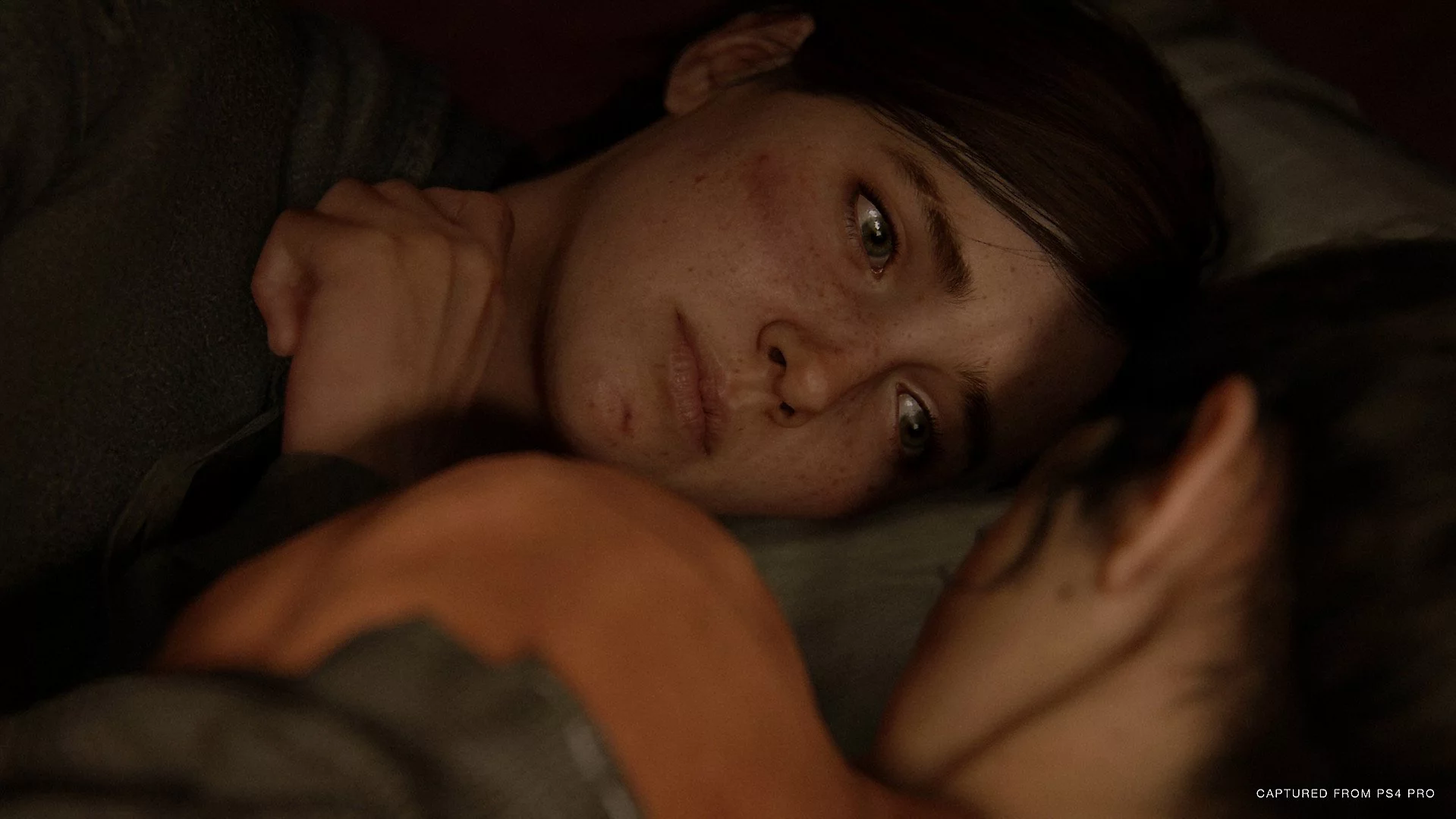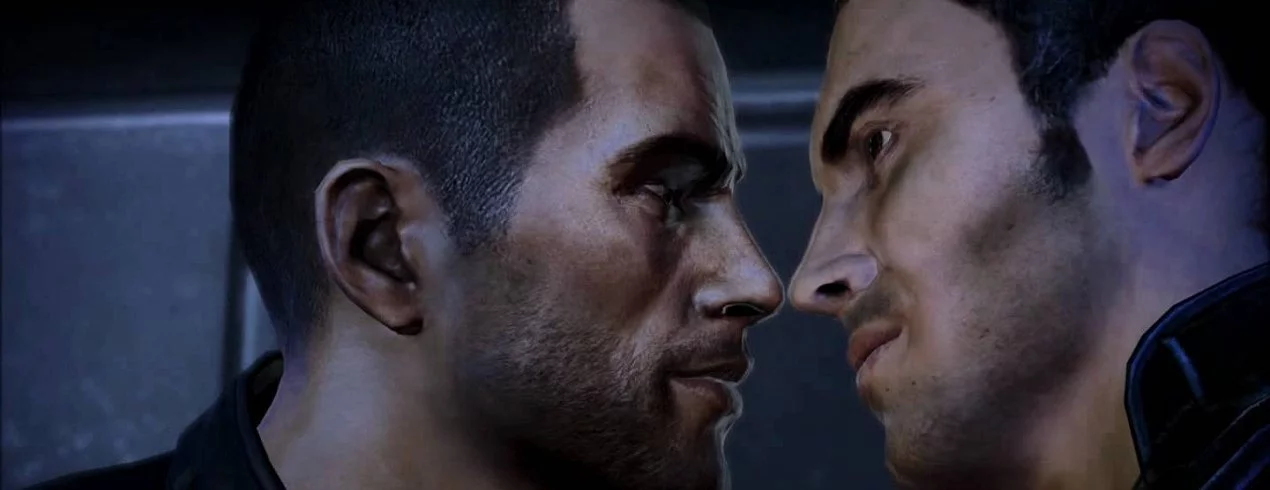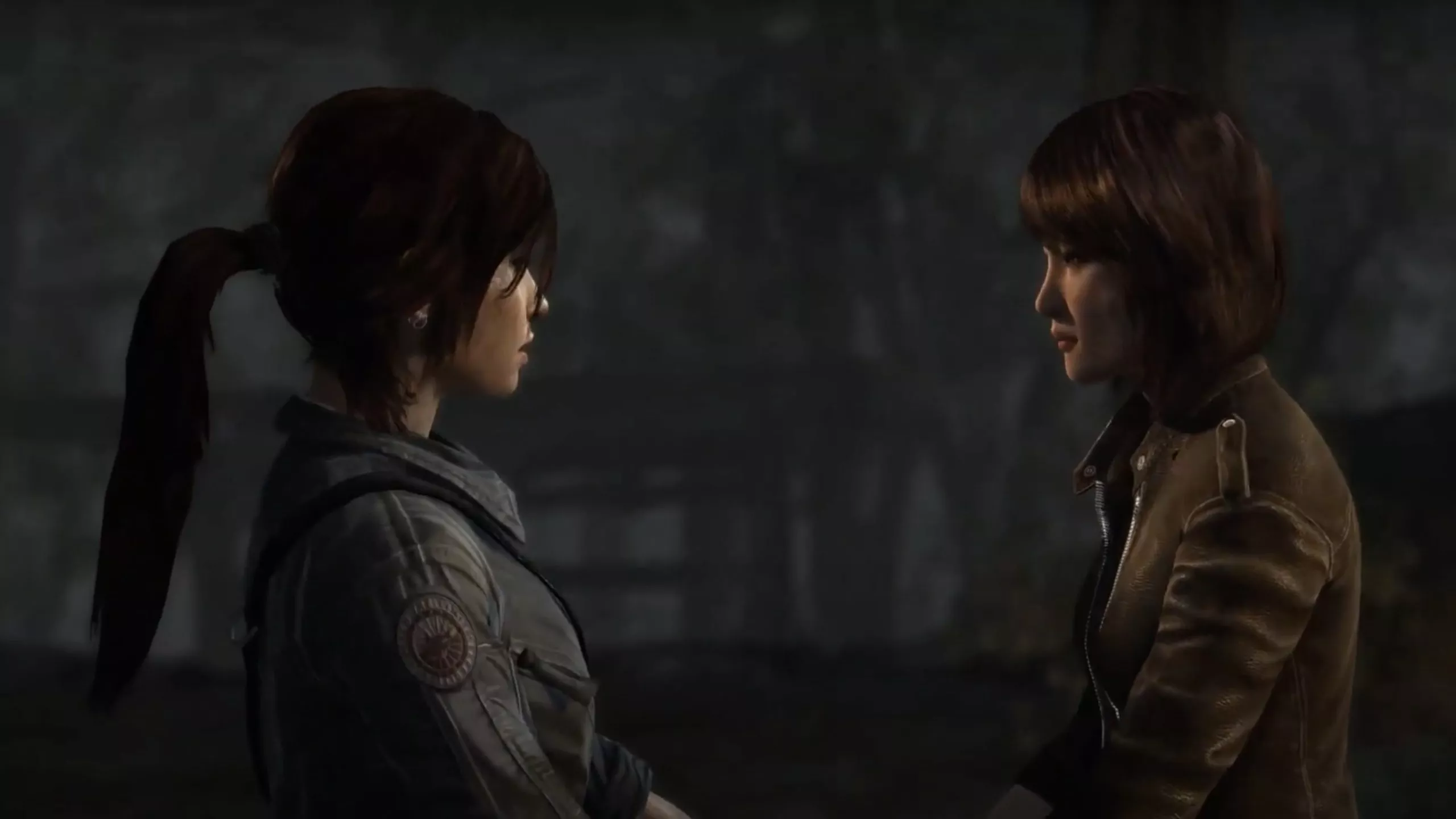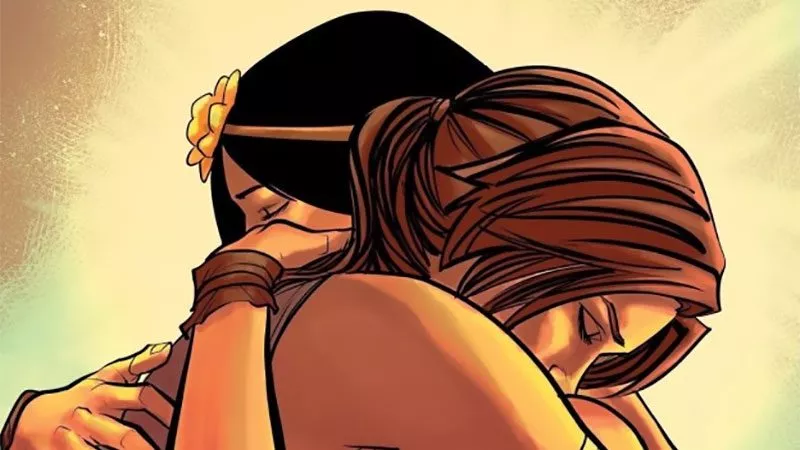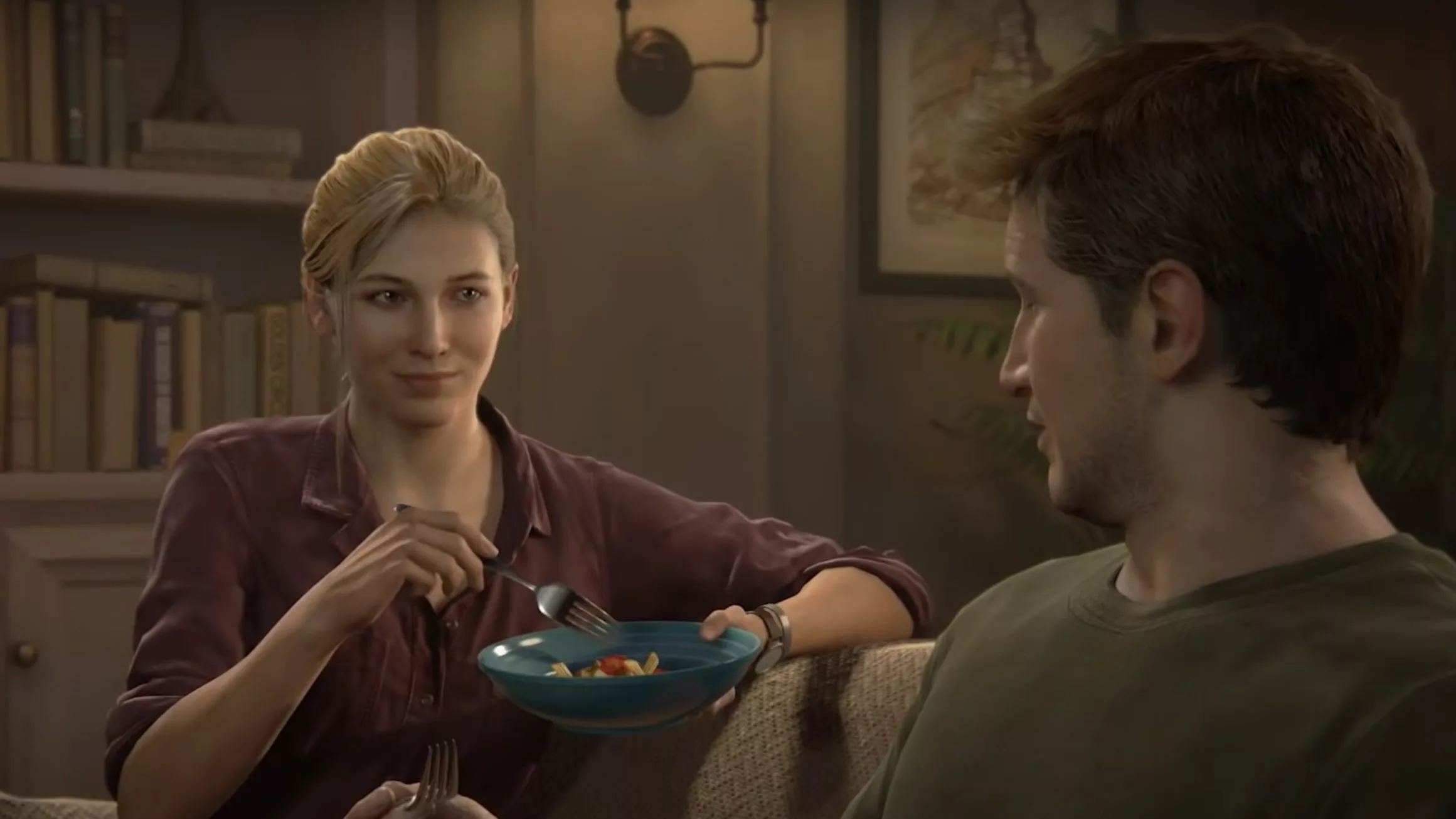A lack of LGBTQ+ inclusion impacts and inhibits the gaming community.
Pride Month is upon us! And of course, with it comes a heightened discussion about LGBTQ+ representation across all industries and communities. Inside video games, queer representation is a topic that is a constantly evolving narrative.
On the surface, games may seem like they provide the best form of media for people to embody and express their authentic selves. However, video games have always had a diversity issue. Whether it’s female characters, people of colour or LGBTQ+ folks, games seem to steer away from them in favour of straight white male figures.
While its history may reflect a community and industry that excludes queer representation in gaming, the potential for truly great inclusivity and diversity is something that both developers and gamers need to champion. We collectively need to push to remove negativity and hate, and focus instead on the capacity games have to be a pioneer for queer representation across all media.
Video games and my own journey
When I first started playing video games as a young girl, my love for the medium immediately gave me the moniker of “tom boy” — a label that was placed upon me, I guess, to help adults make sense of the fact that I found myself gravitating more towards conventional masculine hobbies. It was placed upon me as though I was somehow throwing away my femininity and female identity because I chose to spend my time playing Mario Kart and Crash Bandicoot.
In my teenage years, I began playing more online multiplayer-based game modes through titles such as Call of Duty and Halo. No sooner would the game start than I would be getting called out via the online chat or sent private messages, all of which were laser-focused on my female identity, and none of it ever positive or appropriate. This was apparently a repercussion of me innocently making my gamertag “Wonder Woman”, not giving thought to how this might out me as a female gamer immediately.
I quickly learned to mute my mic and avoid engaging in conversation via online chat. Reporting other gamers became a daily occurrence. Soon enough I found myself moving away from online multiplayer experiences to focus on single-player titles — ones where I could choose how the narrative played out and what my character did.
As my understanding of myself grew and changed, so did the way I engaged with video games. I have a clear timestamp of when I truly began to embrace my attraction to women based off of what romance options I would select. That is how my love and appreciation for role-playing games was born; through this came a greater understanding of my queer identity.
A huge thanks to RPGs
The advantage video games have over film and television is the role-playing element of the medium. Games offer players the chance to completely customise and personalise their experience and tailor it to their individual wants. Video games played a pivotal role in my discovery, acceptance and understanding of what it means to be a queer-identifying woman. When the environment around me promoted a heteronormative and gender-conforming reality, video games were an outlet for me to immerse myself in a world that allowed me to uncover the complexities of my own reality.
As a teenager struggling through a journey of self-discovery in an all-girls religious high school, video games granted the alternative to this environment that I so sorely needed.
One series that was able to really capture this individual experience for me was the Mass Effect Trilogy, an epic space opera that sees you travelling across galaxies and taking down universe-ending threats. Mass Effect embodies what it means to play through an epic sci-fi experience, though it was able to stand out from similar games in the genre because of the RPG elements it brought to the table. In a genre that is dominated by male protagonists and straight-presenting romances, Mass Effect offered up the chance for a more subversive take on this experience. The game even goes so far as to include mono-gendered and gender non-conforming races.
While you are still able to follow this formula by picking the male version of the trilogy’s protagonist, Commander Shepard, you are also able to choose a female version of the character. While data does indicate more players still choose the male counterpart, any gaming fan will know female Shepard — nicknamed “Femshep” by players — is the more iconic and beloved version of the hero.
Some player love to create a character completely removed from themselves, and that is completely understandable. In constrast, I’ve always jumped at the chance to model my character on myself. This is largely because outside of customisation-based games, the odds of me putting a game on and seeing myself in the main character are so rare.
Looking more recently, a franchise that has built a reputation for being a safe and inclusive space for queer gamers is DONTNOD and Deck Nine’s Life Is Strange. It’s almost impossible to find a gaming franchise that has inclusivity and diversity written into the fabric of its essence. However, Life Is Strange is a diamond in the rough in this regard. Each and every game in the series includes characters from the LGBTQ+ community. All protagonists across the series have the opportunity to explore same sex relationships as well as heterosexual ones if the players wishes.
This particular inclusion is an important one, as it places bisexuality at the forefront of its narratives. Bisexuality is the most common identifier used among LGBTQ Americans, which is in line with a Gallup report released last year. More than half of LGBTQ Americans, at 57 per cent, are bisexual. The study also reported that 4 per cent of US Adults identify as Bisexual across the whole country.
Sadly, bisexuality does not have a good track record when it comes to represented in the media. Often times doing more harm than good. Life Is Strange is one of the few examples that manages to overcome this misconception and actually celebrate the sexual orientation. In a way that is very much so catered towards the correct audience and community.
Outside of RPGs, it’s a wasteland
In August of last year a study titled, “The Double-Edged Sword of Online Gaming” was published by The Geena Davis Institute on Gender Media and Promundo-US.
The study examined the gaming community as well as the content of popular games in forensic detail. When looking at LGBTQ+ representation in games, it was reported that just 0.03 per cent of video game characters identified as part of the community. The study then states that it is “little wonder, then, that 84% of LGBTQIA+ gamers think that their sexual orientation is not well represented in video games.”
When you compare this to the number of queer gamers across the world, it’s staggering to think that these players are unable to see themselves in the titles they engage with; that the changes of them picking up a game and seeing even one queer character is slim to none.
Within the last five years, the only triple-A game to feature a lesbian female protagonist has been The Last of Us Part 2. This is to say that Ellie is the only protagonist who is a lesbian, no matter what decisions or choices the player makes. While the game was critically acclaimed by the gaming industry and was a massive commercial success, some members of the gaming community — including Australian journalist Alice Clarke — were vocal about their disappointment with the game’s narrative. Homophobic and sexist commentary was rampant, with Ellie’s sexuality brought into the conversation as an example of the alleged political agenda developer Naughty Dog was pushing with its release.
It’s okay for people to not like a game and it’s natural for them to then want to articulate this disappointment. What’s not okay is for players to lay the blame on diversity and representation, or argue that the reason a title didn’t live up to expectations is as a result of a character’s sexuality.
What this kind of blame and response does is simply wind the clock back and limit further queer representation in gaming. It inhibits video game characters and narratives from reaching a larger audience and telling a story that reflects the people playing it.
Old habits die hard
Unfortunately, some of the better examples of representation in gaming are still far from perfect. Even though the Mass Effect Trilogy was an avenue for me to explore and express my own identity, it didn’t offer up that opportunity to everyone. Namely, the trilogy’s lack of gay male relationships left a lot to be desired for members of the queer community wanting to explore relationships of that nature.
As we’ve previously reported, gay male relationships were only made available in the third and final game in the original trilogy. One the flip side, same-sex female relationships are available from the first game and be pursued and maintained across the trilogy.
One of the two gay male relationships Shepard can pursue in Mass Effect 3 is Kaidan Alenko. While Kaidan is a character in the first two games, he is not a romantic option for male Shepard. There’s also no mention of his attraction to men in the first two games either. Therefore, this inclusion feels like more of an afterthought to make up for this lack of representation. While Mass Effect is an example of a series that does have Queer inclusivity, the quality and variety it offers is not a true reflect of the community at large.
The normalisation of lesbian relationships over gay male ones in gaming does lend itself to another age old issue in video games: the fetishisation of female characters. It’s well and good to have lesbian romance and queer female characters, but if their inclusion is to pander to male audiences and be a source of titillation then the meaning and importance is completely lost. Naturally, a character that immediately comes to mind when examining this issue in games is arguably the most iconic female gaming icon of all time.
Much discussion in recent years has been made about the evolution of Tomb Raider protagonist Lara Croft and the push and pull between making her character canonically queer.
When the first game in the recent Tomb Raider trilogy was released in 2013, fans were quick to vocalise their desire for a romantic relationship between Lara and her best friend Sam Nishimura. While the dynamic between the two could be described as another example of queer-coding in media, the actuality of the situation speaks to a bigger issue the gaming industry faces, particularly with female-identifying characters and sexuality.
When comic book writer Gail Simone tweeted that she couldn’t be convinced that Lara and Sam weren’t, “10000% gay for each other,” a reply from fellow comic writer Jackson Lanzing caused a storm online.
Lanzing revealed that in an issue of the Tomb Raider Inferno comic, a series he co-wrote, the potential romance between the two characters was originally going to be made canon.
“Gail, we tried so hard to make it canon,” Lanzing offered. Reportedly, the issue in question would have focused on Lara figuring out her romantic feelings for her best friend. However, the final product told a slightly different narrative.
“By the time it went to publishing, their culminating kiss had become a friendly hug,” Lanzing concluded.
Phillip Sevy, an artist who worked on the issue, added to this by saying, “I still have the original pencils/inks for that page before I had to redraw it.”
Sam played a big role in 2013’s Tomb Raider but did not appear in the two games that followed.
Franchises like The Last of Us and Life is Strange are examples of how a gay protagonist doesn’t inhibit the quality or commercial success of a game; that queer representation in gaming will in no way effect sales. So why then does there seem to be such a hesitation to make one of gaming’s most iconic female characters queer?
One such reasoning could be how hyper-sexualised her history in games has been. While the recent trilogy was a metamorphosis into a more empowered and multi-faceted character, previous entries have leaned heavily into the male gaze with their portrayal of her. A character like Ellie has the advantage of only being introduced to the gaming community in the past decade, and into a space that is much more accepting and diverse.
The first Tomb Raider game was released back in 1996 and was one of the first games to place a female-identifying character at centre stage. Nevertheless, the push and pull between Lara Croft’s sexuality embodies the disparity between emerging gamers and attitudes and the ones of the past. People who are against the idea of Lara and Sam being romantically engaged argue that they would rather have the character focus on raiding tombs and exploring than developing emotional relationships with characters. It’s funny though: no one complained about Nathan Drake’s romantic entanglements throughout the Uncharted Series. His relationship with Elena is beloved by fans.
Nevertheless, with a new Tomb Raider game confirmed to be in the works, the chance for Lara Croft’s sexuality to be properly explored is still possible. There’s a far greater chance that gaming won’t be satisfied simply being a heteronormative hobby. While I have high hopes, my experience as a young queer gamer in the early 2000s was a more isolating experience.
There’s still more to do
Feeling like I didn’t have a safe space or belong to something that has been such a pivotal part of my life has led me to have greater conversations about representation in gaming and find other voices that share this fear with me to highlight these underlying issues of the gaming space. It’s time that video games truly begin to reflect the people playing them. That the community at large can begin to expect queer representation in gaming rather than fight for it.
However, that’s not to say there isn’t some great examples of LGBTQ+ friendly games to sink your teeth into this Pride Month! Tell Me Why is currently free on Xbox and Steam, a game that features one of the first opening trans protagonists in a major studio title. For those also wanting to get their hands on some Pride Month gaming merchandise or equipment, an Xbox Pride Controller is coming to Xbox Design Lab this month.
This article may contain affiliate links, meaning we could earn a small commission if you click-through and make a purchase. Stevivor is an independent outlet and our journalism is in no way influenced by any advertiser or commercial initiative.


